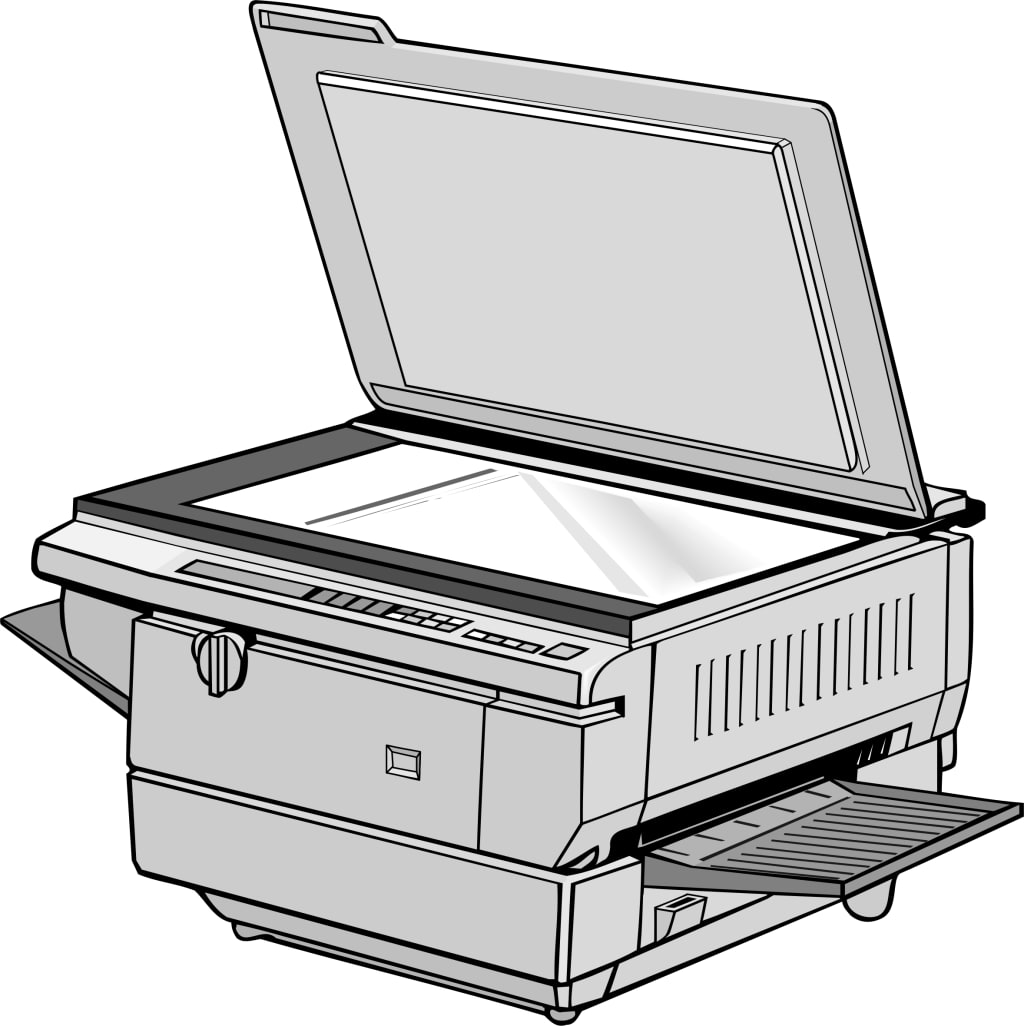Top 5 Printer Hacks
Easy Tips & Tricks to Fix Random Printer Issues

Buying a printer, much like buying a smartphone or a laptop, is a form of investment. The purchase does not necessarily increase your profit but it does improve specific aspects of your life (e.g. studies, work), thereby cutting back inconvenience and becoming more productive.
However, as it is with every man-made machine, printers are not immune to gradual wear and tear. They may work well for a period of time but circumstances beyond our control will either trigger malfunctions or abruptly shorten its lifespan. Overuse, excessive room temperature, neglect, outdated driver or software and dry cartridges (to name a few) can unwittingly put an end to your printer's life without preamble.
Below is a list of simple quick-fix solutions to everyday printer problems.
1. Choose the right paper type.
A lot of people don't know that printing problems are not always internal. The type of paper you use can affect print quality or efficiency. For instance, some printers produce better output on thick matte surfaces but not on glossy paper. That's because such models were not designed for photo printing.
Certain printers like the HP Photosmart 5520 and the Canon Pixma series were all designed to print on glossy surfaces. You can expect them to produce quality photos.
Be careful not to use super thin or extra thick papers as these can easily trigger paper jams. Most printers have a paper thickness limit and may not be receptive to excessive thinness or thickness.
2. Place the printer beside a humidifier.
Printer cartridges are particularly sensitive to room temperature and humidity. Place your machine in a hot room or one with a fully blasting aircon and you'll be surprised to know your newly purchased ink or toner has already run dry.
Humidifiers can effectively treat dryness of external body parts like the nose, eyes, skin, and lips. It also eases flu or common cold symptoms. When placed near your printer, it will add moisture to the surrounding air and prevent dry ink from clogging up the print head.
3. Take out bloatware.
While bloatware sounds like a total jargon, the truth is that you may have encountered it at some point while using your printer. Ever seen a random pop-up telling you to update your driver or download this and that for best results? That's a bloatware and you're not required to use it.
Bloatware only takes up space and memory. They keep running in the background and slow down your computer. To remove bloatware, customise your settings when installing your printer software.
During the installation process, you will see a list of options with corresponding check boxes. Tick only what you need. At the very least, just install the driver and leave out the rest.
4. Make any printer AirPrint-ready.
We all know that Apple is one of the world's leading hardware technology manufacturers. And tons of people use AirPrint to print files directly from their Mac, iPhone or iPad. But not all printer brands accommodate AirPrint—much to the dismay of avid Apple users.
Well, rather than force you to leave your AirPrint comfort zone and explore other printing styles, raise your eyebrows for a bit and then take in this stroke of eureka: Printopia.
Printopia is basically a software that allows you to share Mac printers with iOS devices. It works well with iPad and iPhone and allows you to add virtual printers to its system. Caveat: some technical know-how may be in order, otherwise you'll have to read the FAQ from top to bottom.
5. Cover your cartridge's ink level sensor.
Yep, somewhere in your cartridge body is a sensor that sends a signal to your printer software, telling it to pop the "Printer is Low on Ink" announcement without fail. And when it does, you'll catch the bait and dish out cash to buy another batch of printer cartridges.
Rather than taking your software's word for it, do a quick check. Are your ink or toner cartridges really empty? Is ink really low? More often than not, you'll be surprised to see the cartridge still half-full.
Your best recourse is to find the ink sensor subtly placed somewhere in the cartridge. Apparently, sensor placement would differ from one cartridge to another. Finding it can be quite a challenge. But once you do, you won't be replacing your cartridge ink or toner as frequently as you used to anymore.
Be a responsible printer.
As a user, your challenge is to handle your printer with care and follow proper maintenance standards. You cannot always blame it on the manufacturer or the supplier. There are times when, due to unawareness, we create our own problems.
Take note of your usage habits. Do you leave your scanner lid open? Do you close feeder and output trays after every use? Vigilance allows you to pin-point the possible causes of malfunction and restore your printer's health in no time.
About the Author
Bethany Brookes is a content writer and tech geek currently associated with an online supplier of printer cartridges. When not discussing toner and ink cartridges from Cartridgesale, she enjoys binge-watching movies and binge-reading Japanese comics.
About the Creator
Bethany Brookes
Digital curator and tech geek working with an online supplier of affordable but high quality printer cartridges www.cartridgesale.com.au.






Comments
There are no comments for this story
Be the first to respond and start the conversation.